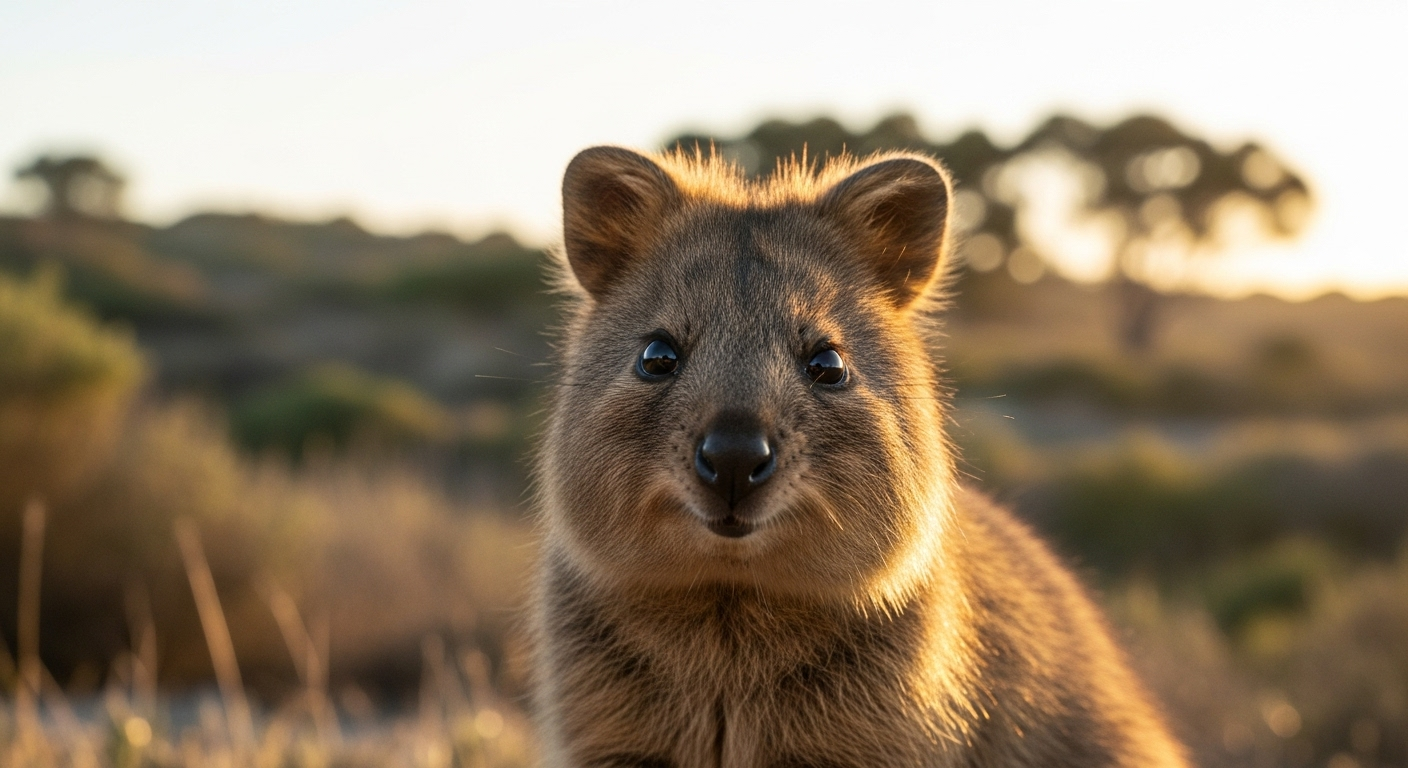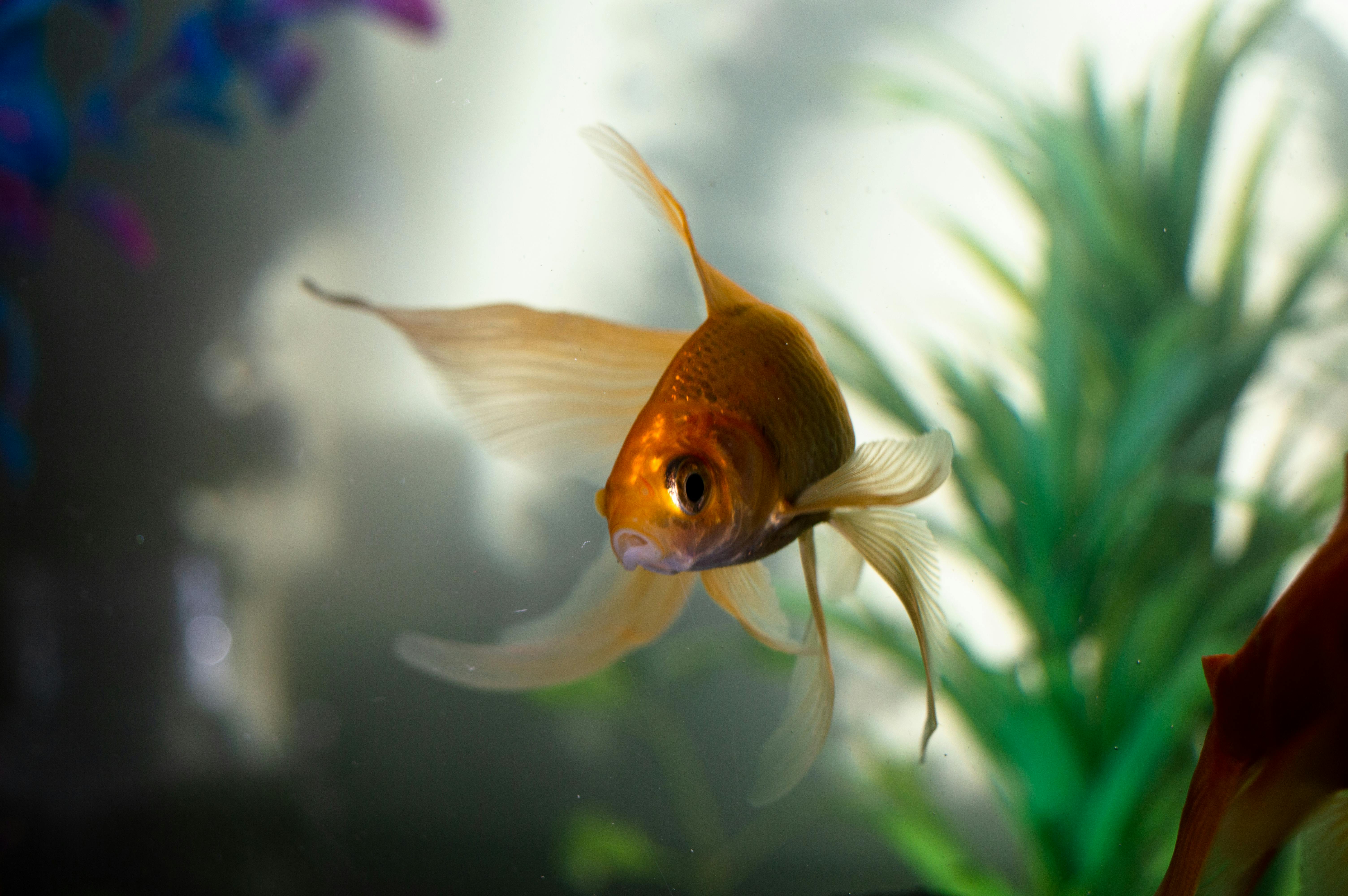Unraveling the Secrets of the Quokka: The World's Happiest Animal
Introduction: Meet the quokka, a small marsupial renowned globally as "the world's happiest animal". Endemic to Australia, this creature's captivating charm and friendly demeanor have made it an internet sensation. In this article, we delve into the captivating world of quokkas, exploring their unique characteristics, survival strategies, and the conservation efforts aimed at preserving this iconic species.

A Glimpse into the Life of a Quokka
Quokkas are members of the macropod family, which also includes kangaroos and wallabies. They are primarily found on Rottnest and Bald Islands, located off the coast of Western Australia. Despite their small size, quokkas have adapted to survive in these relatively harsh environments. They are nocturnal creatures that spend most of their days resting in the shade and nights foraging for food.
The Quokka’s Rise to Fame
In recent years, quokkas have gained international fame due to their seemingly perpetual smile. This facial expression is a result of the quokka’s bone structure rather than an indication of their mood. This, coupled with their friendly and curious nature, has led to a wave of ‘quokka selfies’ circulating on social media.
The Conservation Status of Quokkas
Despite their popularity, quokkas face a range of threats, including habitat loss and predation by introduced species. This has led to their classification as a vulnerable species by the International Union for Conservation of Nature (IUCN). Efforts are being made to preserve their habitats and educate the public about the importance of protecting this beloved species.
The Economic Impact of Quokka Tourism
The popularity of quokkas has had significant economic implications for Western Australia. Thousands of tourists visit Rottnest Island each year, eager to catch a glimpse of the world’s happiest animal. This influx of tourists generates substantial revenue, providing a boost to the local economy.
The Quokka: More Than Just a Smiling Face
While their adorable smiles have made them internet sensations, there’s much more to quokkas than meets the eye. Their resilience, adaptability, and survival skills make them a fascinating subject of study. Furthermore, their story serves as a poignant reminder of the importance of wildlife conservation, illustrating the impact that individual species can have on ecosystems, economies, and cultures.
In conclusion, the quokka offers a captivating blend of charm, resilience, and ecological significance. Their story is not just a tale of an animal turned internet sensation but a testament to the power of conservation and public awareness. By understanding and appreciating the world of quokkas, we can better appreciate the intricate tapestry of life that makes up our planet.





